blackphoenix
TPF Noob!
- Joined
- Jan 14, 2019
- Messages
- 93
- Reaction score
- 33
- Location
- Georgia
- Can others edit my Photos
- Photos OK to edit
will do. This has been very very helpful!I would not want that either.Its a canon eos rebel T6. I see what you're saying about the shadows. I appreciate it. I definitely would not want that.
Look in your menu to see if you can adjust the flash to "fill". Usually that is just enough light to make the shadows less prominent. Use today to test this.


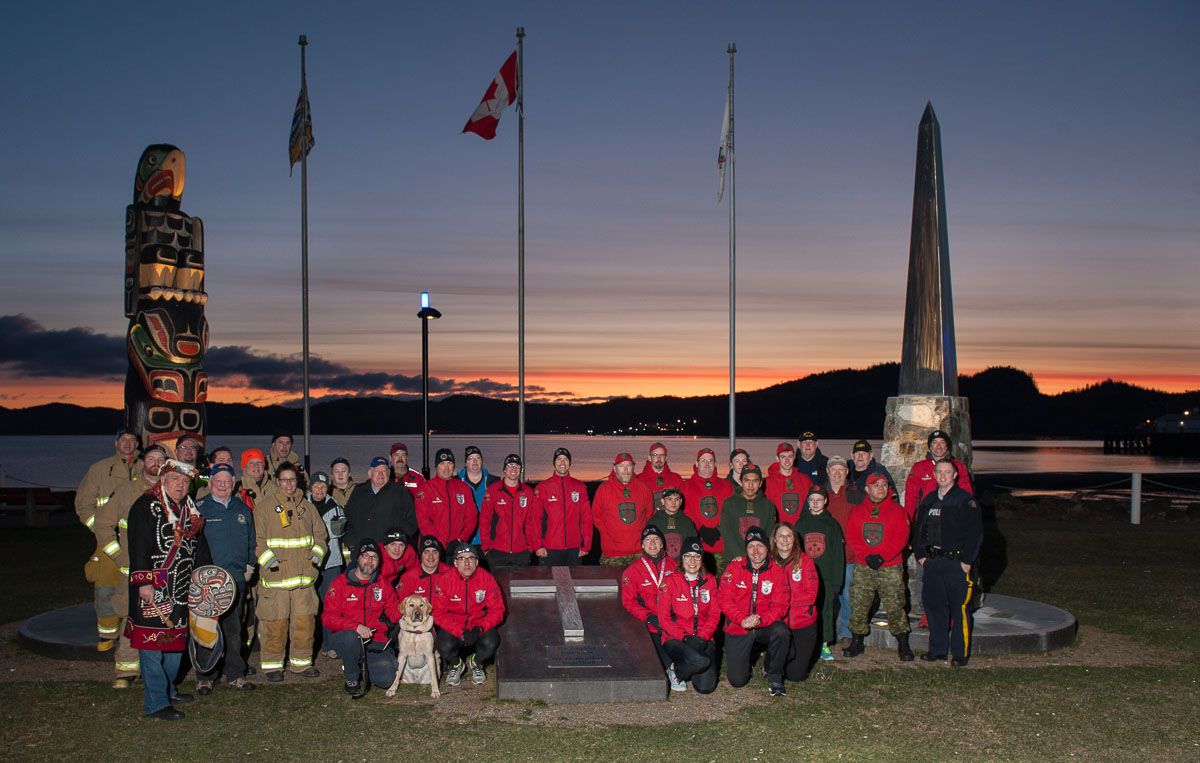
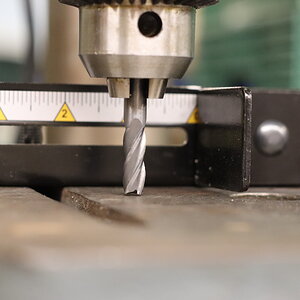
![[No title]](/data/xfmg/thumbnail/36/36398-33d875428a7eefdf5b31188ec0f555a5.jpg?1619737551)
![[No title]](/data/xfmg/thumbnail/39/39184-d7e9fb25ed954af6adbcacfdf106df84.jpg?1619738904)
![[No title]](/data/xfmg/thumbnail/36/36397-b2aca1c8ba1009853020154d6dd4b0e5.jpg?1619737550)
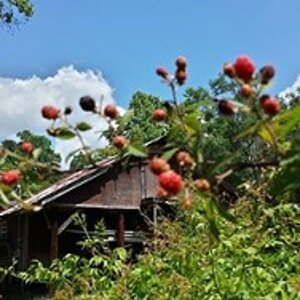
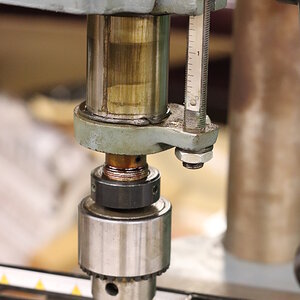
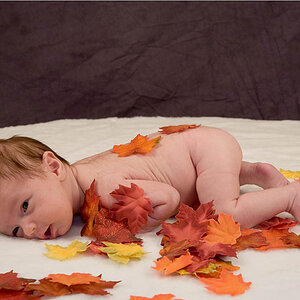
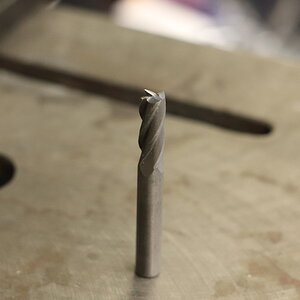
![[No title]](/data/xfmg/thumbnail/39/39186-88f5235eacfd57deab14674ccf8e7f0a.jpg?1619738905)